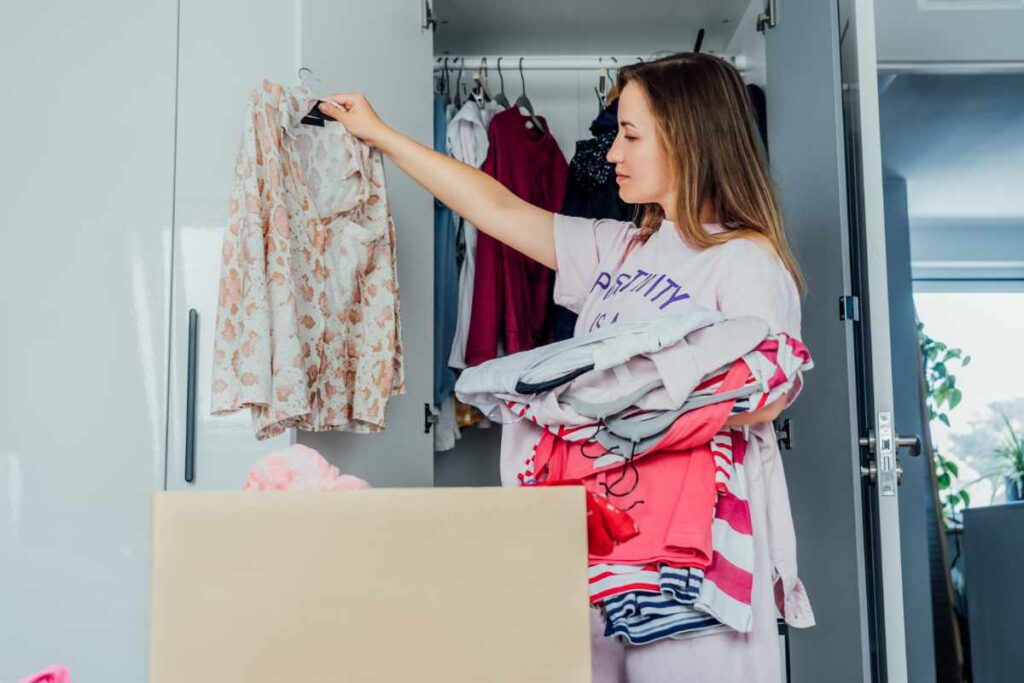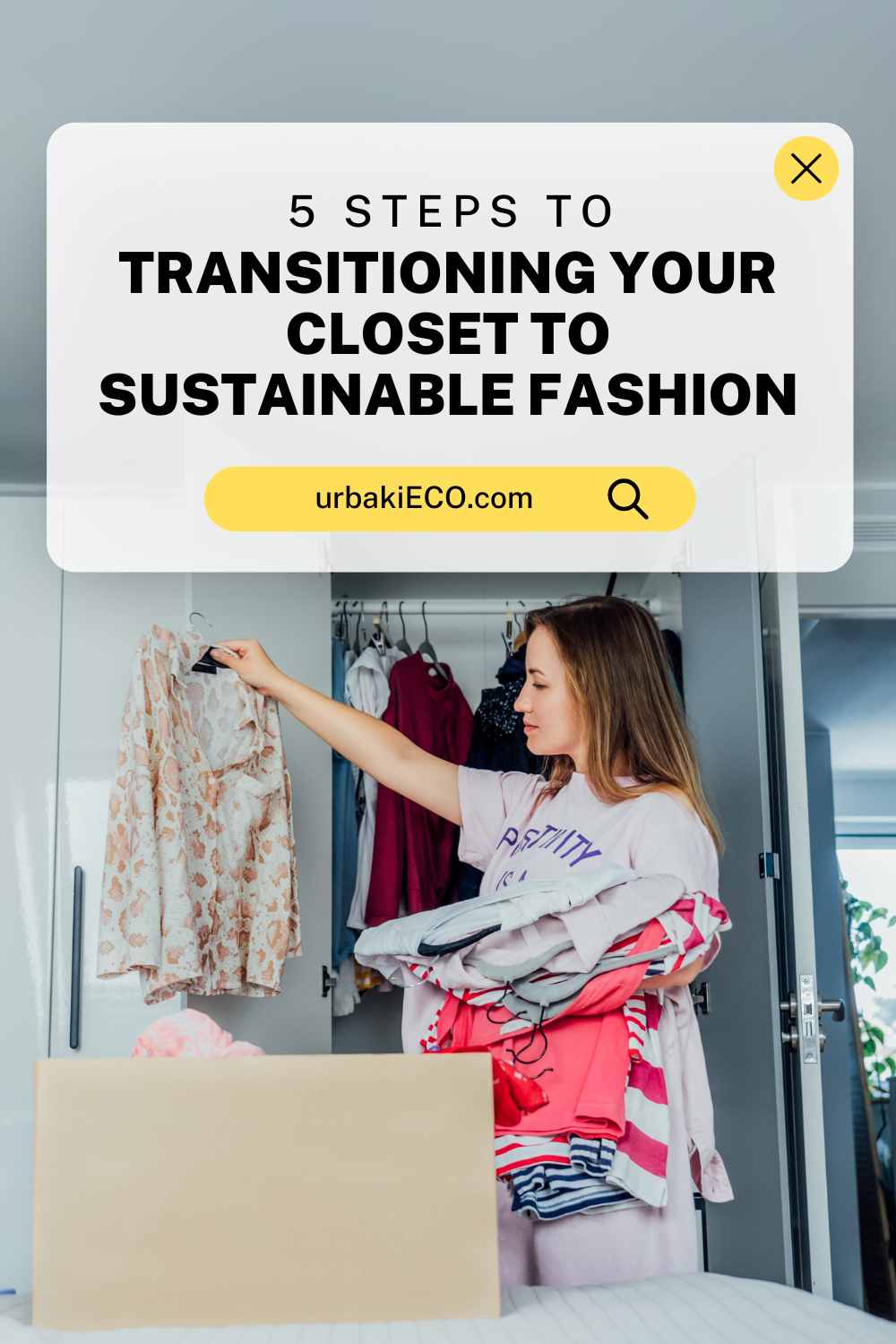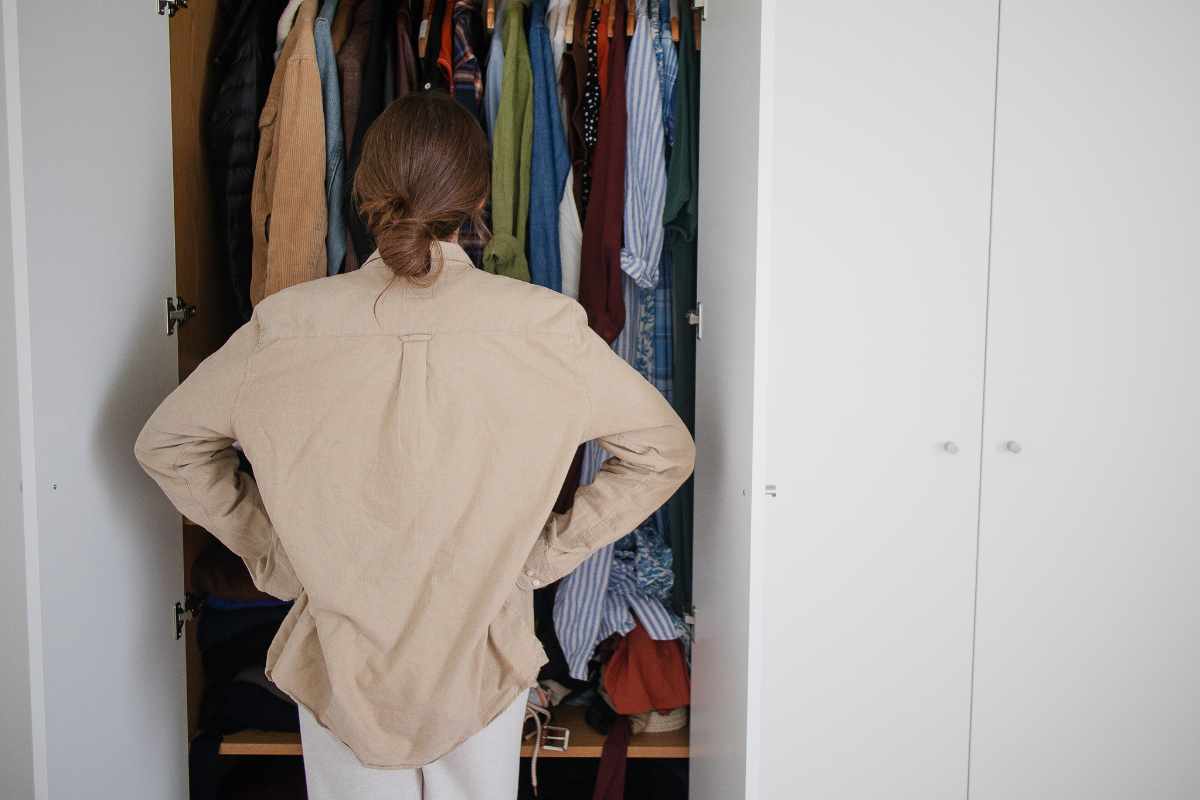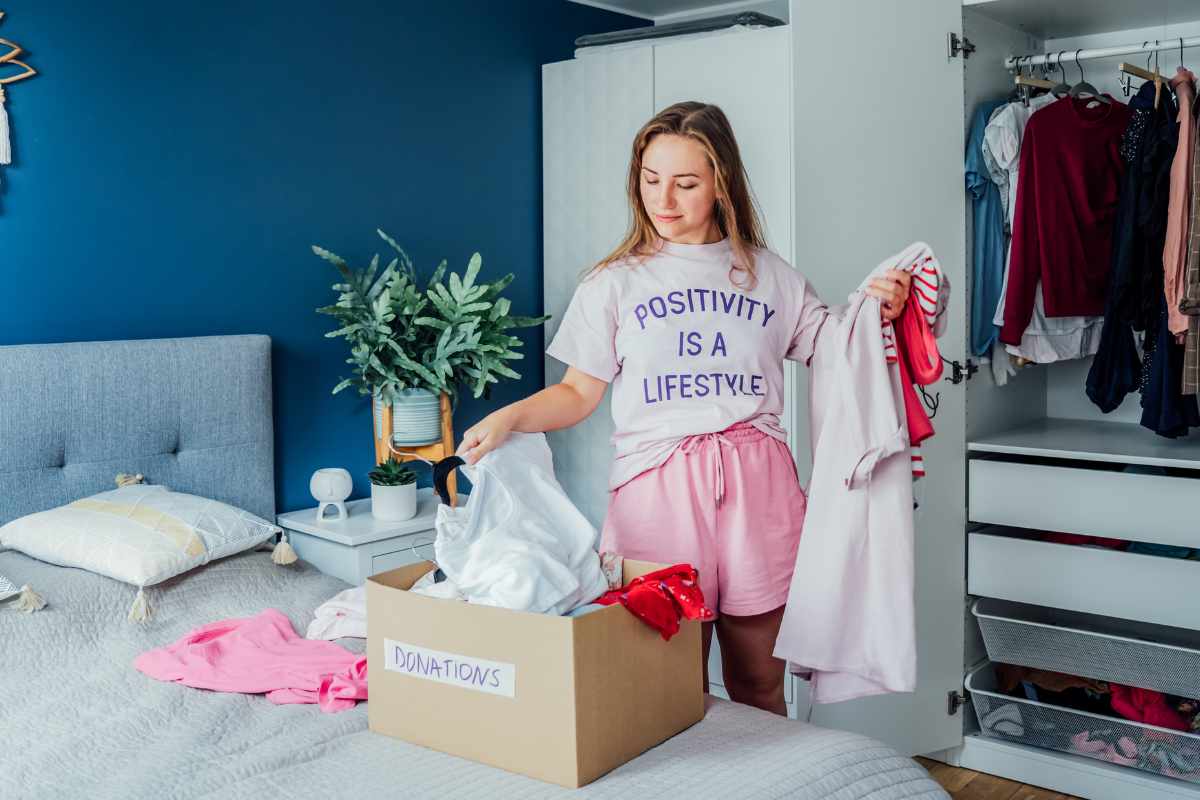5 Steps to Transitioning Your Closet to Sustainable Fashion

The world of fashion is evolving, and sustainability is becoming a top priority for conscious consumers.
Transitioning your closet to a more sustainable approach not only benefits the planet but also helps you curate a wardrobe that reflects your values. By making thoughtful choices, you can reduce waste, save money, and still look stylish.
If you’re ready to embrace a more ethical and eco-friendly lifestyle, these five steps will guide you through the process with ease and intention.
1. Evaluate and Declutter Your Closet
Before introducing sustainable fashion into your wardrobe, it’s essential to start with a clean slate. Take the time to evaluate your current clothing collection and identify what you truly wear and love.
Focus on What You Already Have
Many of us own pieces that haven’t seen the light of day in years. Sort through your closet, and keep items that are versatile, timeless, and bring you joy. By appreciating what you already own, you’re reducing the need to buy more, which is a fundamental step toward sustainability.
Donate or Recycle Unwanted Items
For clothing that no longer fits or suits your style, consider donating them to local charities or second-hand stores.
Alternatively, look for textile recycling programs for items that are too worn to be reused. Giving these pieces a second life ensures they don’t end up in landfills.
2. Learn About Sustainable Materials
Understanding the impact of different fabrics is a key part of transitioning to sustainable fashion.
Some materials are much more environmentally friendly than others, so familiarizing yourself with sustainable fabrics can help you make better choices when shopping.
Related reading: How to Make Your Closet More Eco-Friendly
How to Make Your Closet More Eco-FriendlyLook for Natural and Organic Fabrics
Materials like organic cotton, hemp, and linen are biodegradable and require fewer resources to produce. These fabrics are not only better for the environment but also more breathable and comfortable.
Avoid Synthetic Fabrics When Possible
Synthetic materials like polyester and nylon are derived from petroleum and take hundreds of years to decompose. Instead, opt for eco-friendly alternatives such as Tencel, made from sustainably sourced wood pulp.
3. Shop Mindfully and Support Ethical Brands
Transitioning to sustainable fashion doesn’t mean you need to stop shopping altogether—it’s about making smarter choices. Supporting brands that prioritize ethical and sustainable practices is a great way to align your spending with your values.
Do Your Research
Before purchasing from a brand, research its commitment to sustainability. Look for transparency in how the company sources its materials, treats its workers, and minimizes its carbon footprint.
Certifications like Fair Trade, GOTS (Global Organic Textile Standard), or B Corp can help you identify genuinely ethical brands.
Invest in Quality Over Quantity
Rather than buying fast-fashion pieces that wear out quickly, focus on investing in high-quality garments that are built to last. While they may cost more upfront, durable pieces save money in the long run and reduce waste.
4. Embrace Second-Hand and Vintage Shopping
One of the most sustainable ways to shop is by choosing second-hand or vintage clothing. Buying pre-loved items reduces demand for new production and extends the life cycle of garments.
Explore Thrift Stores and Online Platforms
Thrift stores, consignment shops, and online marketplaces like Poshmark or Depop are treasure troves for unique, affordable, and stylish clothing. These platforms make it easy to find one-of-a-kind pieces while reducing your environmental impact.
Swap Clothes with Friends
Organizing clothing swaps with friends or your community is a fun and sustainable way to refresh your wardrobe. Not only does this save money, but it also fosters a sense of sharing and collaboration.
Related reading: How to Make Your Closet More Eco-Friendly
How to Make Your Closet More Eco-Friendly 10 Easy Steps to Build a Sustainable Wardrobe
10 Easy Steps to Build a Sustainable Wardrobe5. Take Care of Your Clothes to Make Them Last
Sustainability doesn’t stop at buying better—it’s also about maintaining your clothing to extend its life span. Proper care can make a significant difference in how long your garments last, reducing the need for replacements.
Wash Smarter
Overwashing can wear out fabrics and fade colors. Wash your clothes only when necessary, using cold water and gentle detergents. Air-drying instead of machine drying can also prevent shrinking and save energy.
Repair and Upcycle
Before discarding damaged items, consider repairing them. A missing button or a torn seam can often be fixed with minimal effort. If a piece no longer fits your style, think creatively about how you can upcycle it into something new.
Final Thoughts
Transitioning your closet to sustainable fashion is a journey that benefits not only the planet but also your personal style.
By decluttering, learning about fabrics, supporting ethical brands, shopping second-hand, and caring for your clothes, you can make a meaningful impact.
Sustainability isn’t about perfection—it’s about progress. Every small step you take toward building a more conscious wardrobe brings you closer to a greener future.
So start where you are, and enjoy the process of creating a closet that aligns with your values and celebrates sustainability.
This article balances actionable advice with an approachable tone, ensuring it’s easy to follow and engaging. Let me know if you’d like any edits or additional details!
Did you find this post useful or inspiring? Save THIS PIN for later in your ECO Board on Pinterest! 😊
Related reading: How to Make Your Closet More Eco-Friendly
How to Make Your Closet More Eco-Friendly 10 Easy Steps to Build a Sustainable Wardrobe
10 Easy Steps to Build a Sustainable Wardrobe How to Create a Zero Waste Wardrobe: Sustainable Fashion Tips
How to Create a Zero Waste Wardrobe: Sustainable Fashion Tips






You may also like